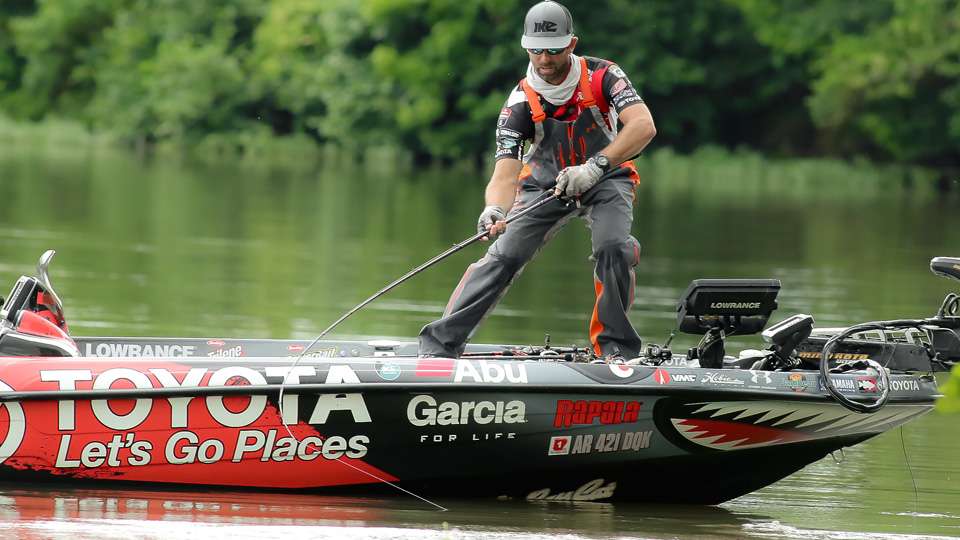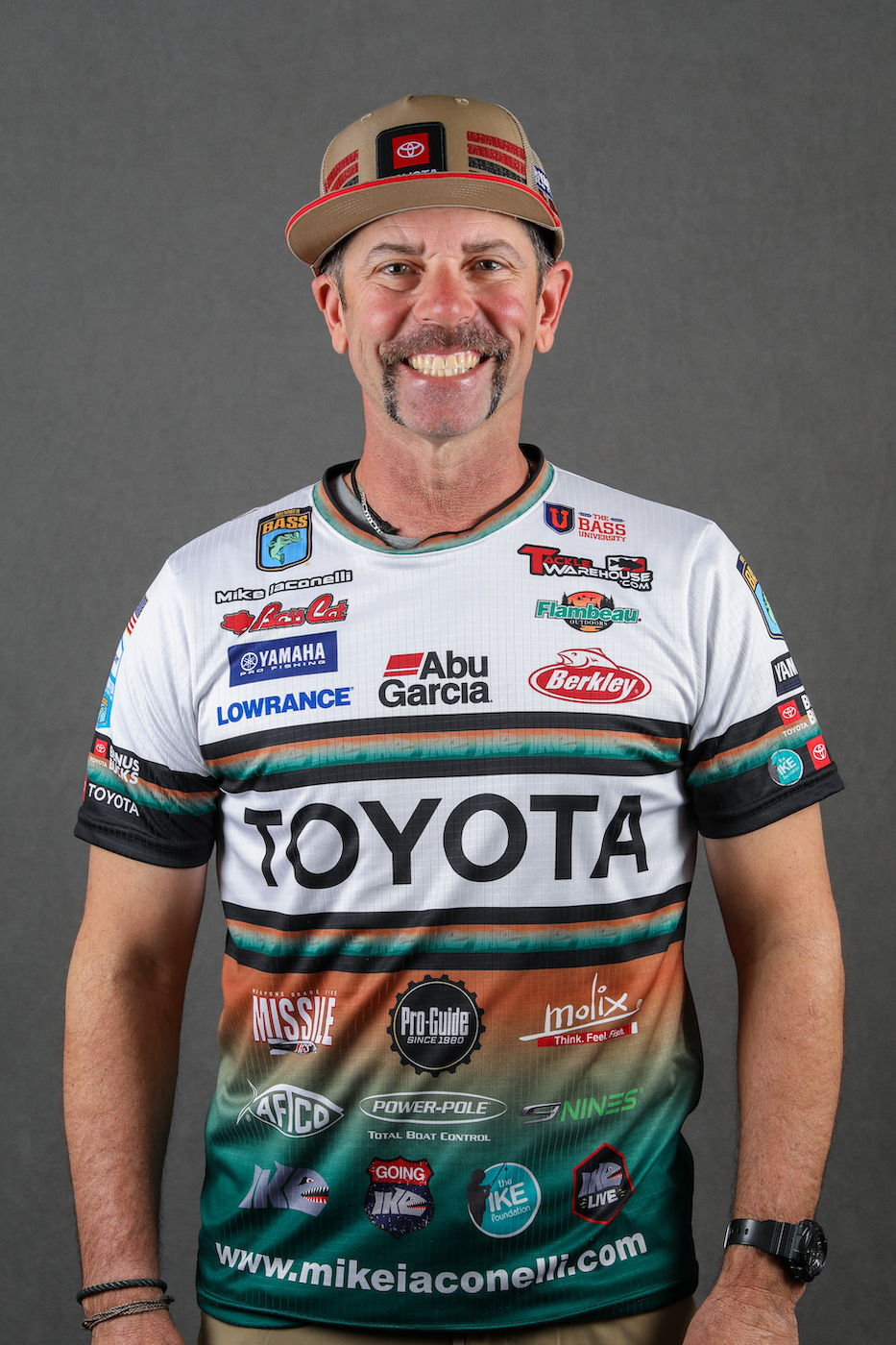
Sometimes something comes along that’s known, but not well-known. That’s the case with the Ned rig.
As I understand it, this little do-nothing bait was developed by a fellow named Ned Kehde. He’s reported to be one of the best finesse anglers ever to fish. Based on the success I’m having with his Ned rig I’d have to say that’s true.
The rig itself is about as simple as anything can get. All it amounts to is a short piece of plastic — no arms, tentacles, claws or tails needed — threaded on a flat or mushroom shaped jighead. At first glance it doesn’t look like it’d catch much of anything. Fish with it for a while and you’ll think differently.
My technique is super easy and simple. I throw it out, let it glide to the bottom and drag it back to the boat slowly. And slow means really slow. I just barely move it along. The idea is to make it look like something out for a Sunday stroll in the park. When the bass sees my bait moving along the bottom I want her to think, “Easy pickins, can’t pass this one by.”
Some anglers like buoyant plastic for their baits. The buoyancy makes the plastic stick straight up off the bottom. In their opinion they get more bites that way. I have a different view. It seems to me that something in the water will naturally wobble, flop over and occasionally lay flat on the bottom. I’ll use almost any type of plastic.
Use whatever you want. The Ned rig will catch them.
I can say that with absolute confidence because I’ve been using it around the country for the past couple of years now. Largemouth, smallmouth and spots all bite it, although I have to say that the smallies seem to like it a little better than their cousins. But that’s just me. I’d be interested in hearing if other anglers have had different experiences.
My favorite rig starts with a VMC Finesse Half Moon Jig but sometimes when I’m in heavy cover I go with an ordinary finesse weedless head. Head color is meaningless. I only carry black.
This is a spinning tackle bait. I fish it on a 7-foot medium action rod with a Number 30 size spinning reel. Depending upon where I’m fishing, the water color and the size of the bass I expect to catch I’ll use between 6- and 10-pound-test fluorocarbon line. Use braid and a leader if you want. It won’t hurt a thing.
As far as jighead size is concerned I use the lightest weight I can get away with that’ll keep me in contact with the bottom. In my world that means 1/16-ounce on the light end and 1/4-ounce on the heavy end.
Plastic choices are pretty much wide open. My preference is about half of a HAVOC Flat Dawg. I bite mine in two. If you’re squeamish, you can use scissors or a knife. The fish won’t know the difference. I always rig it with the flat side down so that it glides gracefully to the bottom. About 30 percent of my bites come on the fall.
Truthfully though, almost any barrel-shaped plastic will do the trick. The Ned rig is not about fancy designs. It’s about something looking helpless and vulnerable.
I’m not so open-minded about colors. Don’t try to shock them, or get their attention with something wild and crazy. It’s important that your bait look natural as it inches along the bottom. I prefer green pumpkin and black.
Take some time to put together a Ned rig box and throw it in your boat. It won’t cost much, and it’ll catch a lot of bass. That’s about as good a deal as you’re ever going to get.
Mike Iaconelli’s column appears weekly on Bassmaster.com. You can also find him on Facebook and Twitter or visit his website, mikeiaconelli.com.





